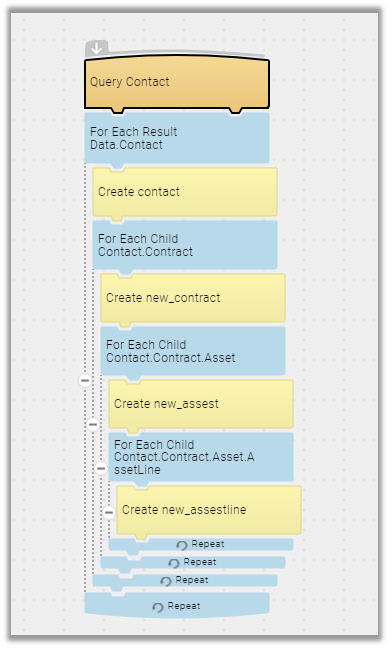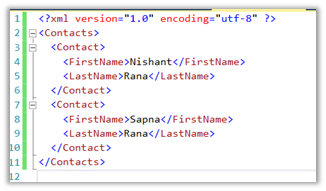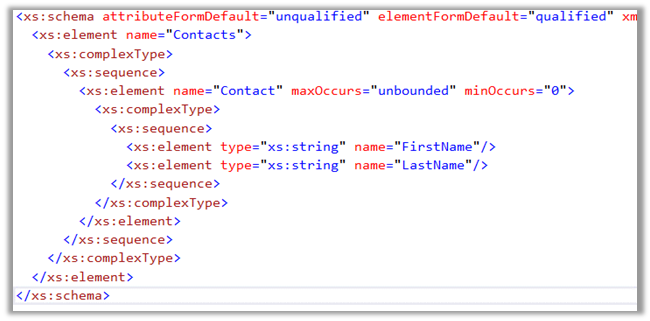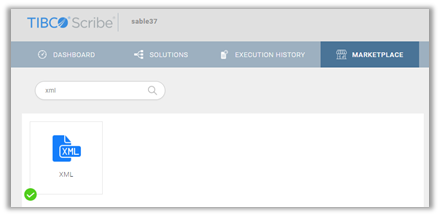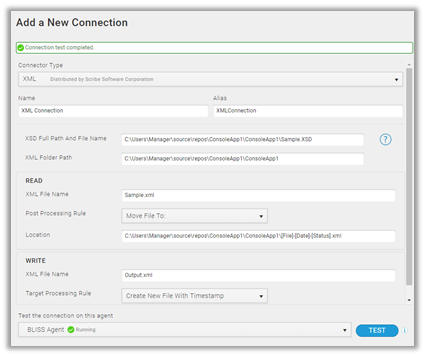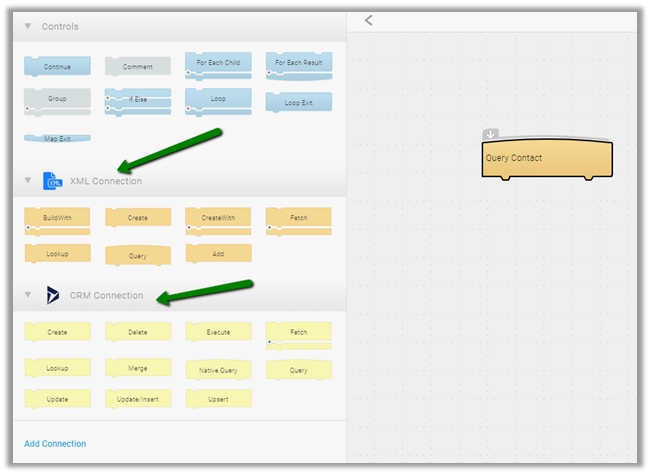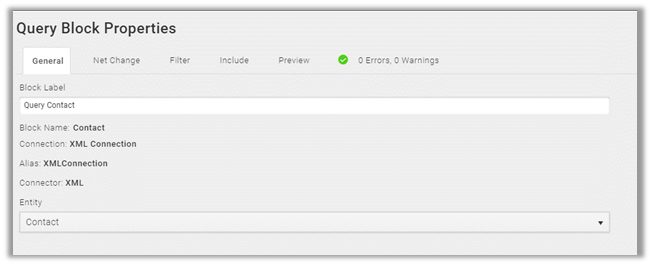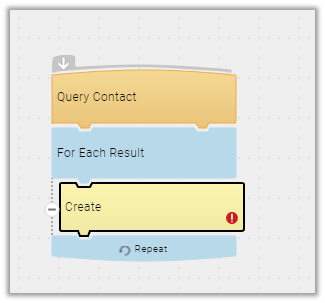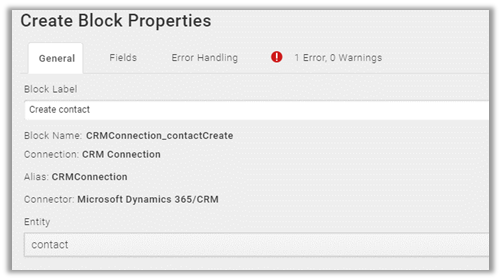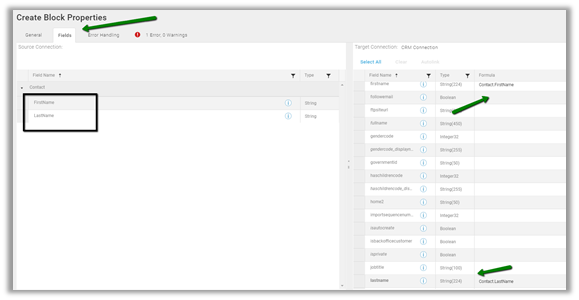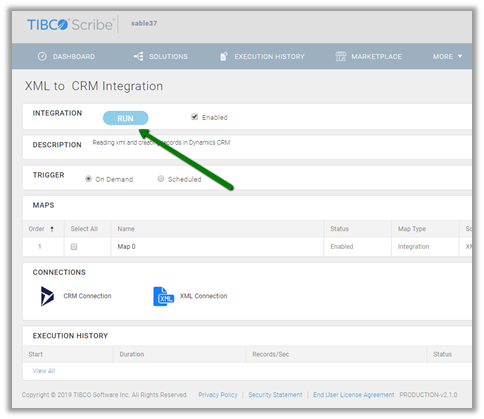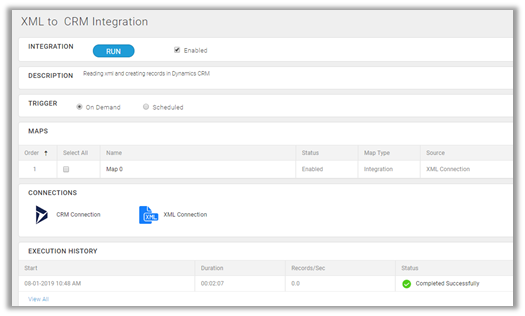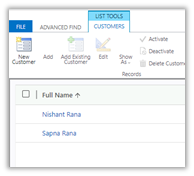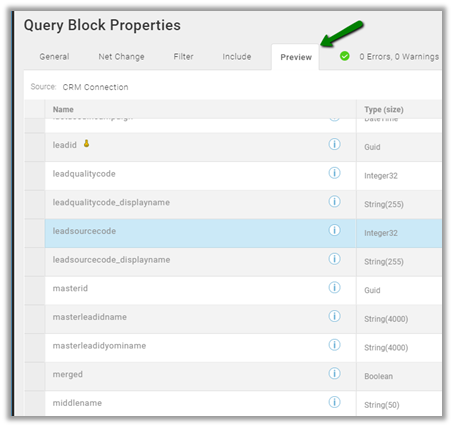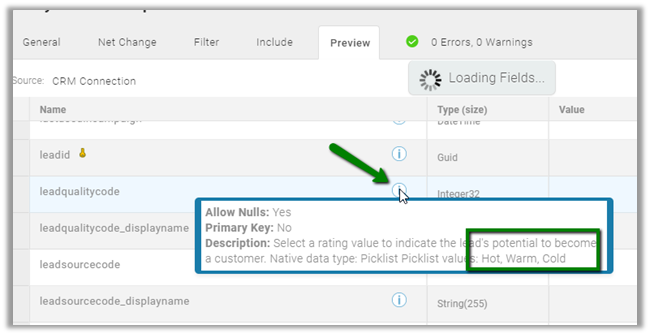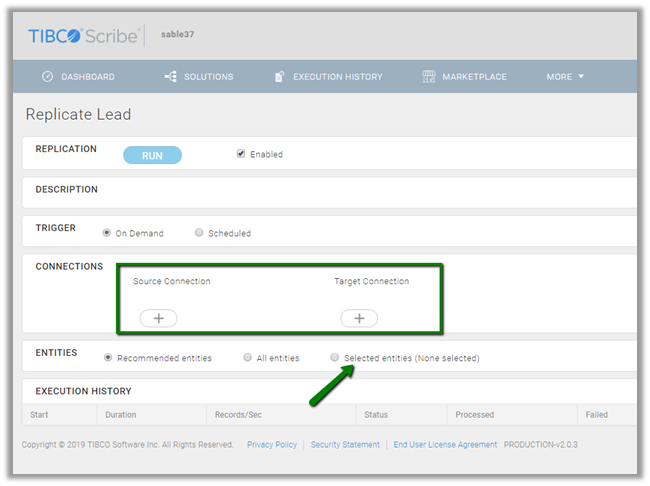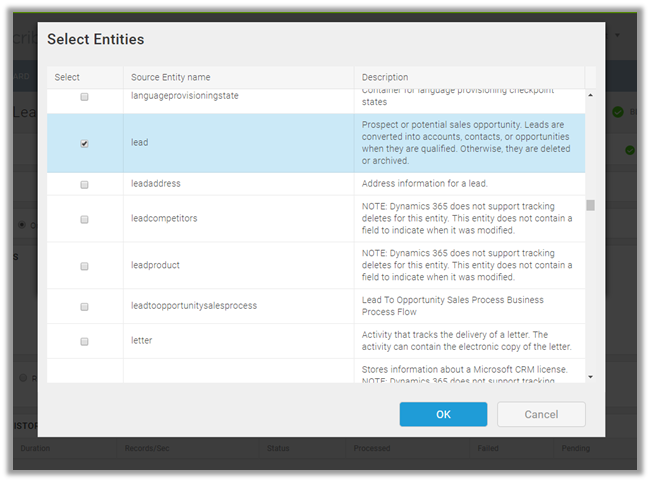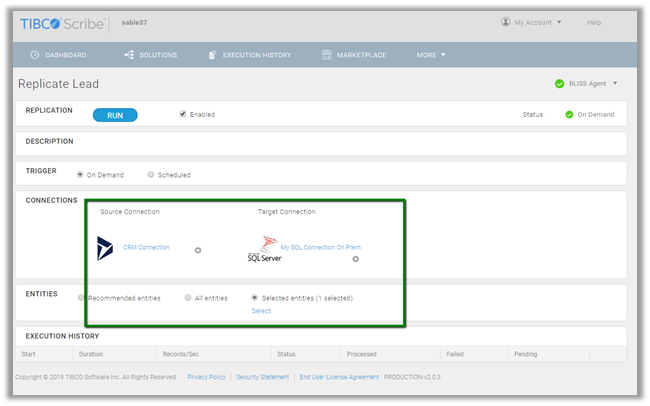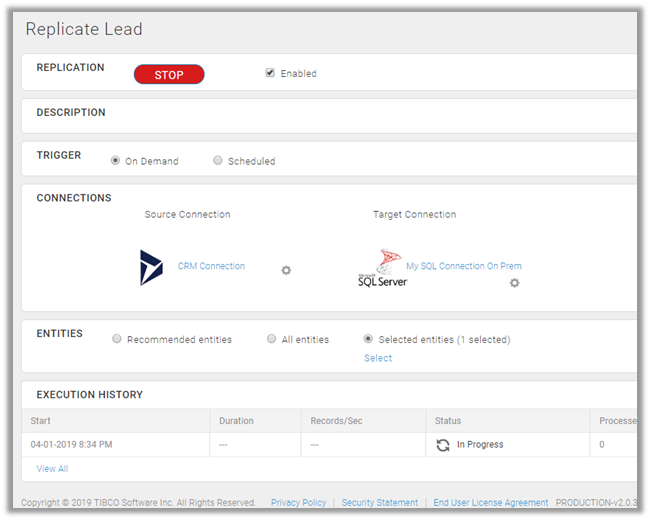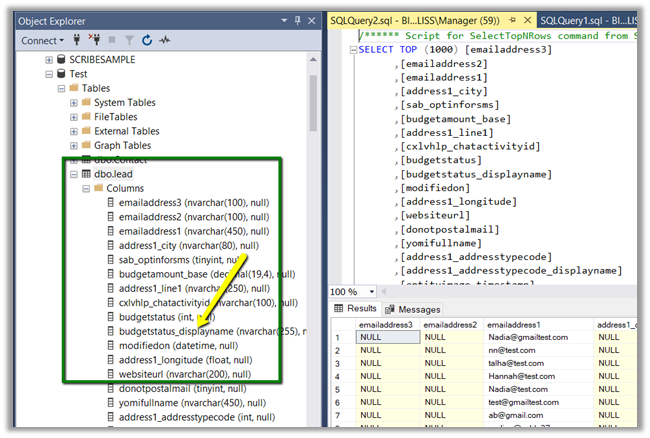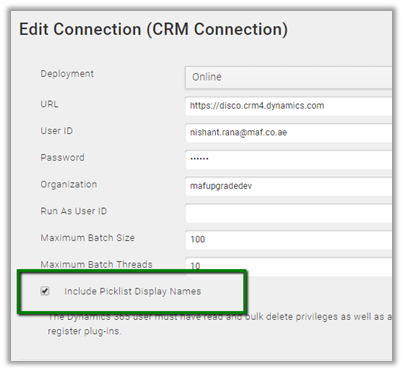In the previous posts, we saw how to create a connection for Dynamics 365 and then how to use the connection to create an integration solution for deleting Dynamics 365 records.
In the post, we’d see how we can connect to SQL On-Premise and create records in Dynamics 365 CE
Sign in to Scribe Online
https://app.scribesoft.com/
For connecting to On-Premise SQL Server we would need to first configure the On-Premise Agent.
Go to Dashboard à Add a new Agent
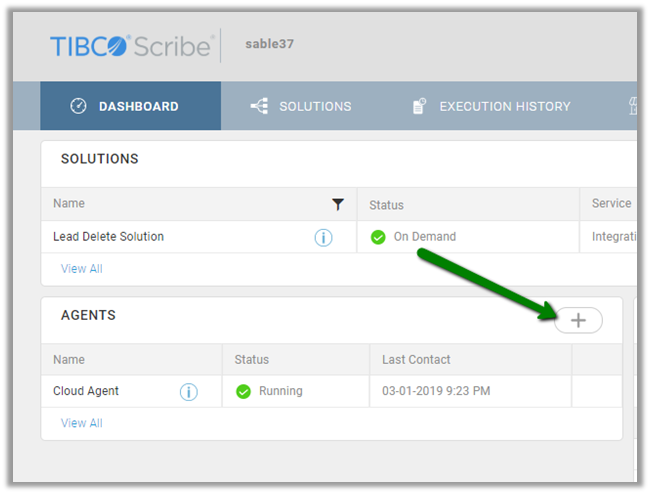
Click on + install On-Premise Agent
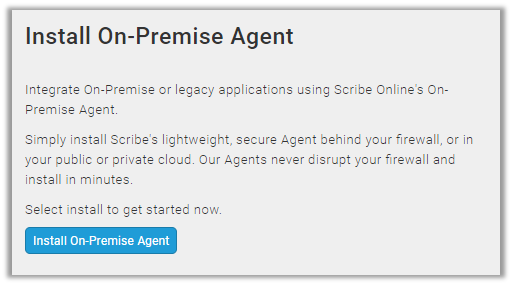
Copy the Agent key presented in the next screen this will used while running the setup for the Scribe On-Premise agent.
After successful installation, we can see the agent running within the Dashboard.
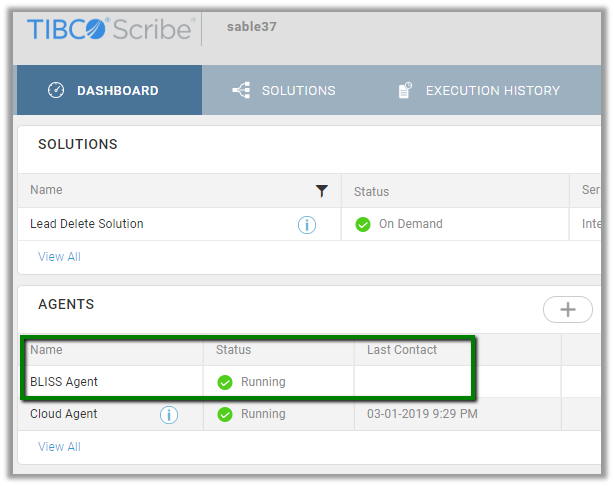
From the Marketplace Install the SQL Server connector.
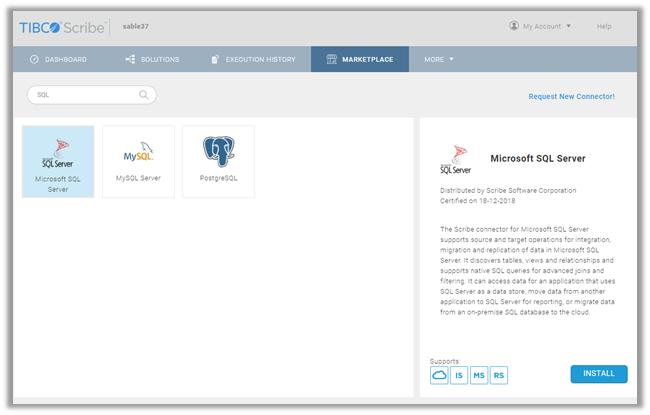
Now let us create a new SQL connection, to connect to our SQL Express database.
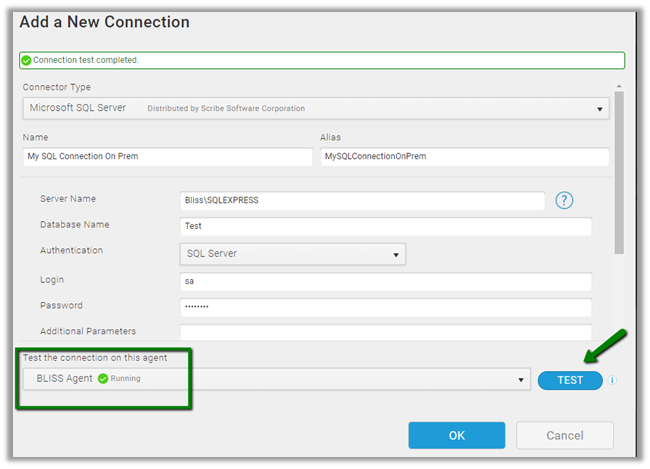
Make sure we have selected the On-Premise Agent. Click on TEST to test the connection.
Next, we will create/ use the existing Dynamics 365 CE connection that reads data from the SQL On-Premise database and creates contact records in Dynamics 365 CE.
Go to the Dashboard and click on + to add a new solution in the Solutions section.
Create a new integration map
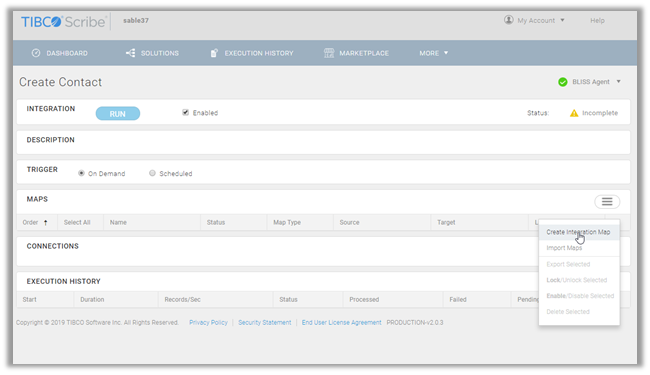
Add the SQL Connection and CRM Connection created.
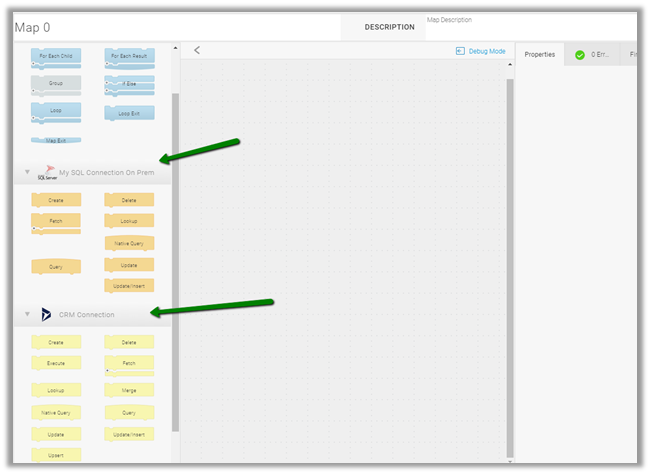
We have dragged the Query block from SQL Connection and selected the Contact table as the entity. Next, we add the For Each Result block and added the Create block from CRM Connection and selected the Contact entity for which we want to create records.
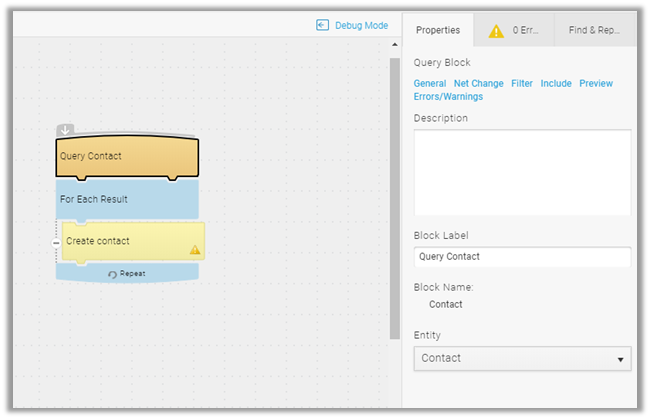
Double click on the Create Contact block for mapping.
In the fields tab, drag the fields of the table to the corresponding fields in the Target CRM Connection.

Let us close the map and the solution and click on RUN to run the solution.
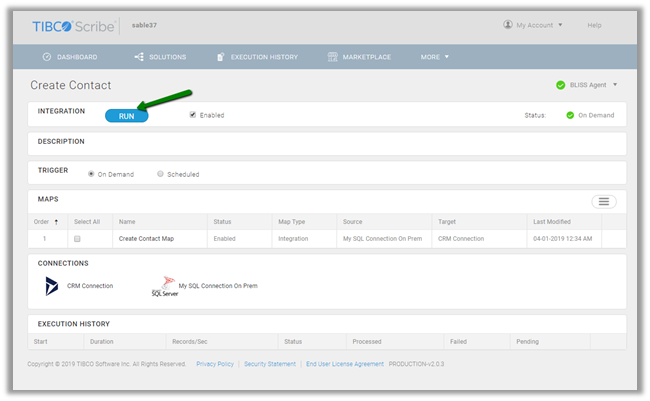
We have the following 2 records in our source SQL On-Premise table.
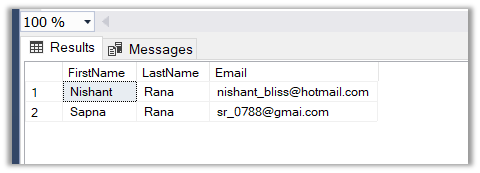
We can see the details in the Execution History on successful completion.
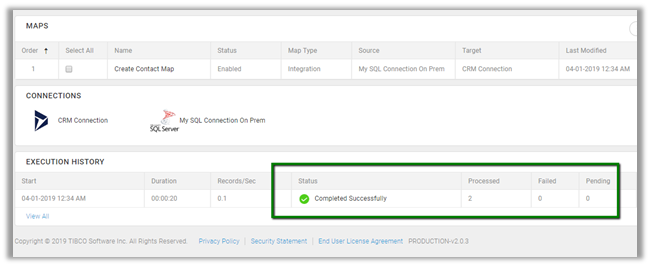
Back in our Dynamics 365 CE, we can see the contact records created.
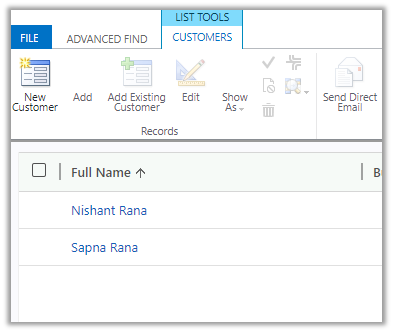
In the next posts of the series, we’d explore some more features of the Scribe Online.
Hope it helps..






